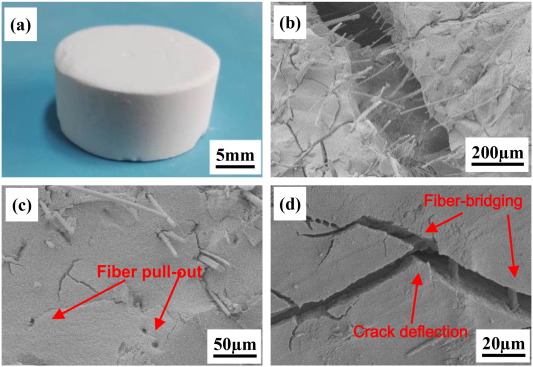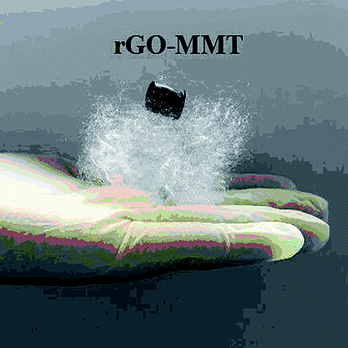Despite their intriguing characteristics (e.g. ultralow density, high porosity & electrical conductivity), the application of carbon aerogels is generally limited by their poor mechanical strength and brittleness. Researchers from the Zhejiang University (China) were now able to manufacture highly flexible, binary carbon aerogels (bCAs) consisting of graphene and multi-walled carbon nanotubes (MWNTs), which can resist compressive and tensile stresses. These novel bCAs were successfully used as strain sensors to detect complex three dimensional movements.
The novel aerogels were fabricated by creating an aqueous solution equipped of graphene oxide and MWNTs which was then given shape by additive 3D-printing. Thereafter, the structures were freeze-dried before being chemically or thermally reduced.
Owing to their hierarchical assembly, which is schematically shown in the figure below, the novel bCAs exhibit an extraordinary stretching stability over a wide range of conditions (e.g. temperatures from 93-773 K). Furthermore, they exhibit a noteworthy fatigue resistance, being able to retain their structural shape to great extents for at least 100 cycles at 200 % tensile strain.
Another key characteristic of the bCAs is their change in resistance in tension (gentle increase) and compression (steep increase). Exploiting this feature, the researchers equipped the joints of a snake-like robot with bCAs to be able to sense the robot’s movements and configurations. As shown in the figure below, a sensor array consisting of three bCAs was sufficient to map the continuously changing configurations and hence accurately identify the robot’s movements.
The authors identify other potential applications of the bCAs in wearable electronic devices, lightweight mechanical devices and fields of application requiring robustness and reliability in the most extreme conditions (e.g. aerospace engineering). Furthermore, the researchers are confident that their assembly method can be deployed for the fabrication of other highly stretchable aerogel materials.
More details: Fan Guo et al. “Highly stretchable carbon aerogels.” Nature Communications. https://www.nature.com/articles/s41467-018-03268-y
Read more: https://phys.org/news/2018-03-rubbery-carbon-aerogels-greatly-applications.html

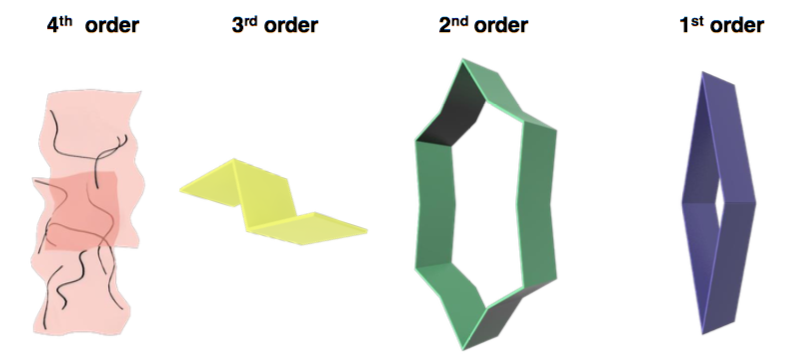
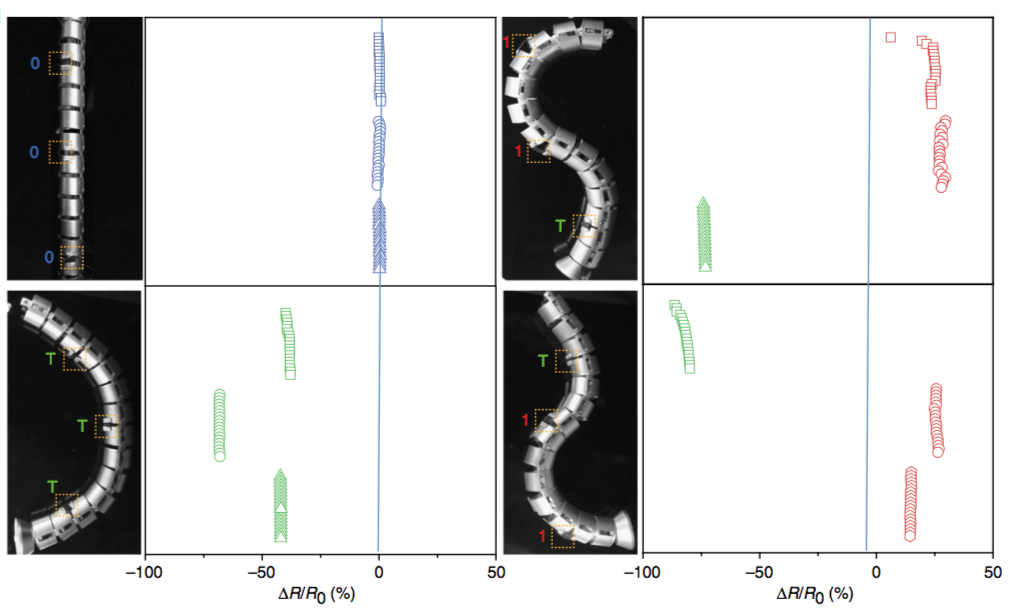
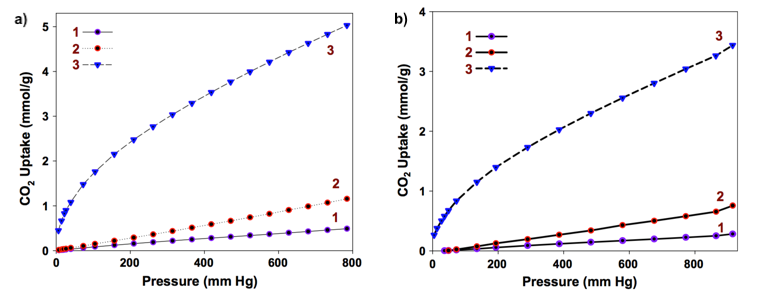 CO2 adsorption isotherms at 1 atm and 0 °C (a) and 1 atm and 25 °C (b) for chitin aerogels (1), carbonized chitin aerogels (2) and KOH-activated chitin aerogels
CO2 adsorption isotherms at 1 atm and 0 °C (a) and 1 atm and 25 °C (b) for chitin aerogels (1), carbonized chitin aerogels (2) and KOH-activated chitin aerogels